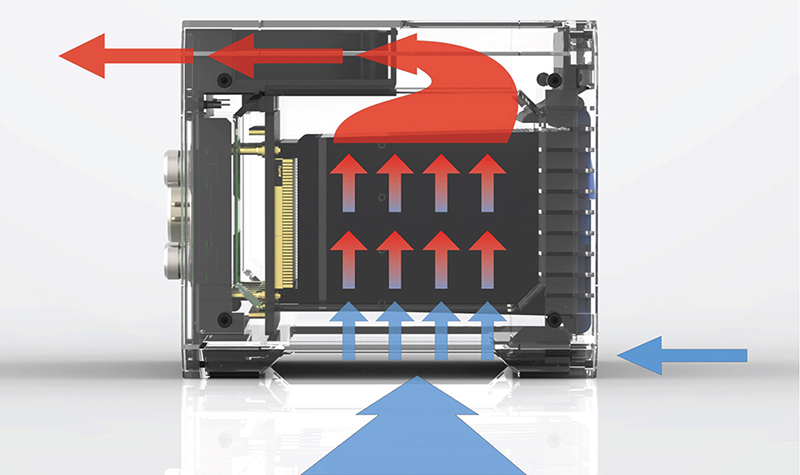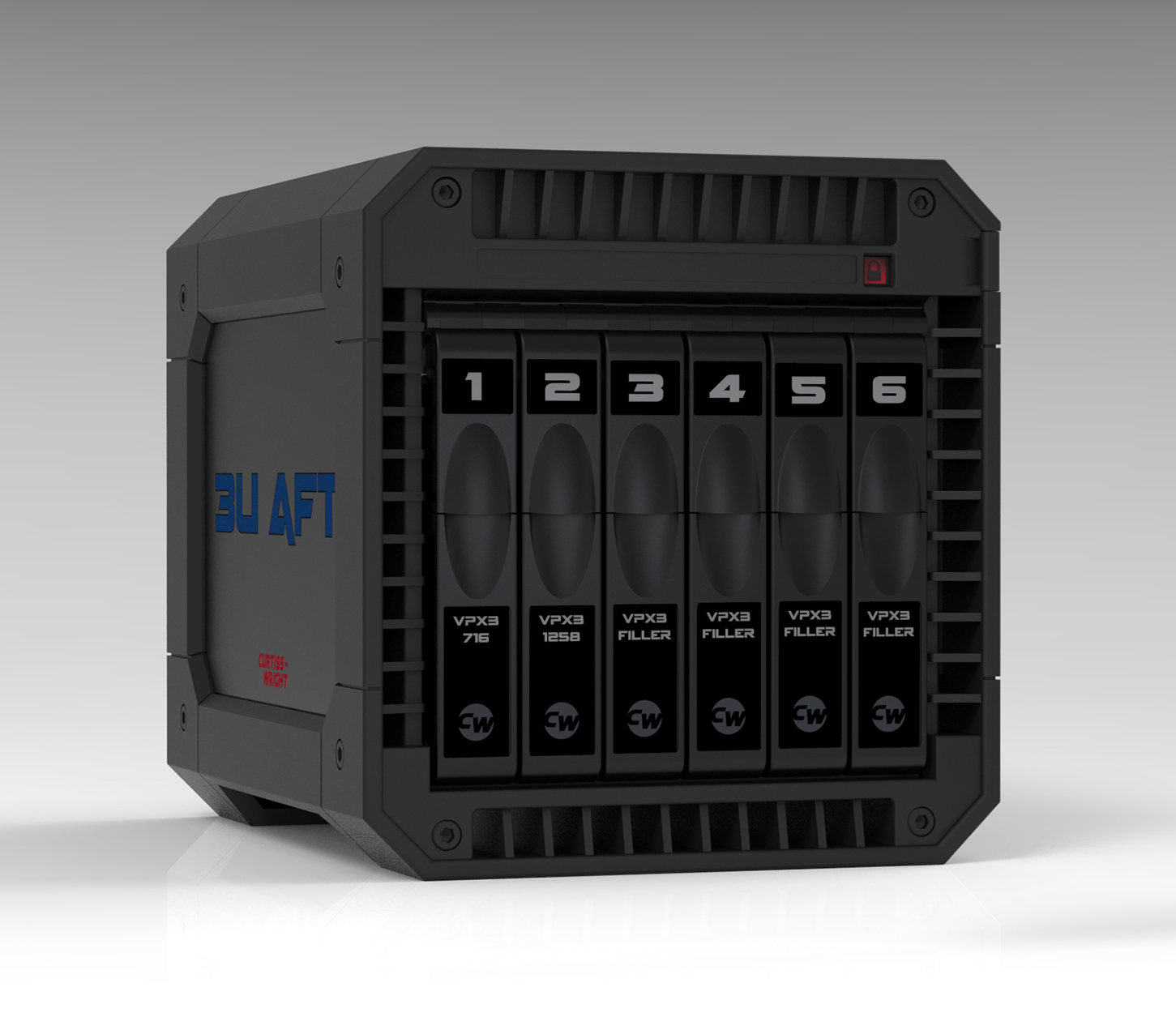
Cooling was a very hot topic at the Embedded Tech Trends conference, held this past January. Companies including Curtiss-Wright and the VITA standards organization, which organized the conference, talked about the way increased power density in embedded computing is driving the need for more advanced, effective thermal management.
VITA, which established standards for the bus and board industry, currently has initiatives involving thermal management and conduction cooling among its many developing standards.
VITA’s initiatives ensure that modules are interoperable, since competing companies can use the same standards. In particular, recent standards have allowed for the removal of the heavy wedge locks that formerly were needed for thermal transfer. Liquid cooling was also a topic of great interest at ETT.
VITA Executive Director Jerry Gipper says the newest efforts to manage SWaP (size, weight, and power) on boards are contributing to changes within the industry standards and vice versa. As power goes up and size goes down, it becomes physically impossible to push enough air over a part in order to sufficiently cool it. Conduction cooling or liquid cooling – which has a higher thermal dynamic than air – allows designers to stretch beyond what would be physically possible with air cooling.
“This is not a new problem; it has been around since computers were invented. However, it just keeps getting more difficult. I think you’ll see more people use liquid cooling,” Gipper says. “But it’s very expensive. And it’s going to take forever for the cost to come down. At both the board and the macro level people are asking how to both reduce the size of a system and provide effective cooling,” he concludes.
At Curtiss-Wright, people like Technical Fellow Ivan Straznicky are working using VITA’s Air Flow Through (AFT) standards. At present they focus on the 48.8 AFT standard, which is compatible with 3U modules.
“AFT allows you to bring cooling air much closer to the heat generating electronics than you are with a traditional approach such as conduction cooling, where you’re conducting heat to a card edge and then out to the ambient via the chassis,” Straznicky says. “Another approach that AFT brings to our market that differs from commercial market approaches is that the cooling air is sealed away from the electronics so that there are no contaminants, or dirt, etc. impinging on those components.
“In comparison, other cooling techniques, such as the VITA 48.1 air cooling approach in which air is brought directly across the electronic component, are not as rugged as AFT.”

Curtiss-Wright uses AFT 48.8 for both 3U and 6U rack units. One element of the standard that has been particularly useful is an alternative air flow arrangement which sends the air across both card edges and releases it out of the top. Especially on 6U models, this is useful for sending the same cool air over the card edges and the hot electronics at those edges.
“This AFT difference increases system flexibility,” Straznicky says. “For example, in the case of lower power 3U AFT modules it may make better sense to use the leftto-right, or right-to-left approach, rather than complicating the AFT pattern in the chassis design. But if you have 6U modules or very high power 3U modules, or in another case, where you are combining low power conduction modules with high power AFT modules, the option to bring in air from both card edges and exhaust it out of the top, becomes very advantageous.”
The VITA 48.8 spec also encourages certain weight and power savings that drive a selfimproving process where each variable feeds into the other. For example, removing parts such as a retainer and jack screws in turn saves weight and space. Not having to use a retainer also means there is no parallel heat path of conduction into the chassis, which allows for weight reduction in the chassis itself. This means that the chassis doesn’t have to be metal or another thermally conductive material. Instead, it can be made out of composite materials or 3D printed plastic.
At VITA, Curtiss-Wright demonstrated a 3D-printed plastic chassis for 3U modules. The only metal used in the chassis is on the AFT thermal frames, since it was not strictly required anywhere else.
Like Gipper, Straznicky says that the most pressing challenge in thermal management is keeping up with the power density on some processors. AFT makes that easier, as does combining AFT with affordable thermal interface materials and heat spreader approaches.
“For example, thermal interface materials and heat spreaders have to be looked at and optimized,” Straznicky says. “By bringing AFT into the equation, that optimization exercise becomes easier and allows you to use affordable technologies and materials along the thermal transfer path, allowing you to avoid more exotic and expensive alternatives.”
VITA 48.8 needs to go into an American National Standards Institute ballot before it is available for the public. If approved, it will be an IP-free standard, with no licensing required.
Curtiss-Wright is also keeping an eye on VITA’s next liquid flow through (LFT) standard, which could be used for extremely high power modules and systems that require even more robust cooling than AFT technologies can supply. People will also be looking to VITA 48.4, the LFT standard, as a possible upgrade solution for existing LFT systems, Straznicky says.
Gipper doesn’t foresee any massive changes in embedded tech standards by the time VITA holds its conference next year. However, he does expect some more conversation about liquid cooling, including the basic physical challenges of putting a computer inside a box that also contains liquid. Some elements of thermal management will take place at the level of the transistors and processors themselves.
We’ll see next year, but for now, bus and board designers are working on using VITA standards to support better thermal management.
This article originally appeared in the March 2016 issue of Product Design & Development.

